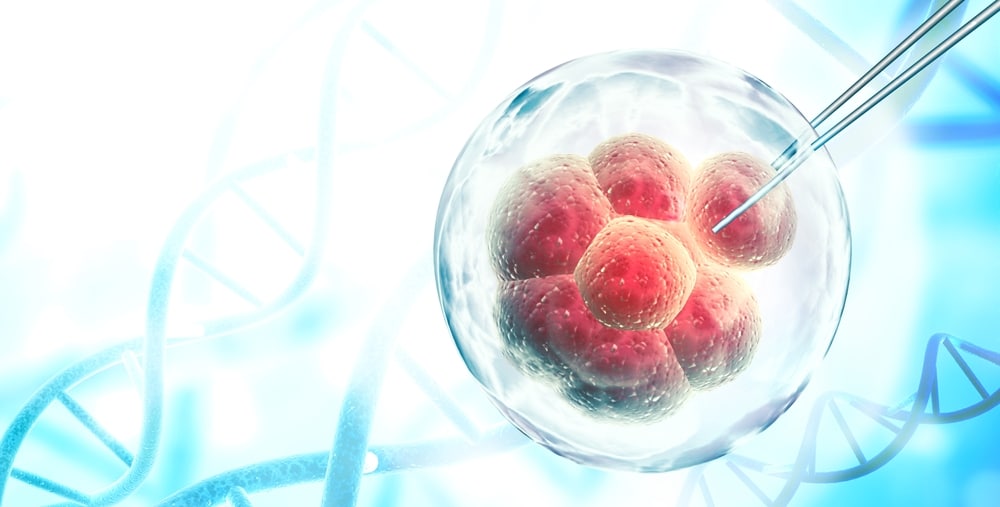By Dr Ryan Roberts, cell processing lead at Cellular Origins
Despite the rapidly emerging innovations in the field of cell and gene therapy, bottlenecks in cell therapy manufacturing processes are preventing these transformative medicines from reaching patients.
There are several broad challenges to the scalability and affordability of cell therapies, including a reliance on manual intervention, specialist expertise, lack of space efficiency, poor capital allocation, lack of physical and digital integration, process complexity, and high overall costs, to name a few.
These challenges create an urgent need for innovative solutions that enable the scalable, cost-effective, and automated manufacture of cell therapies.
A closer look at cell therapy challenges
Firstly, the high labor and capital intensity presents huge challenges for the industry.
Manufacturing workflows can involve hundreds, even thousands of manual interventions, creating significant scope for human error. Additionally, therapy developers using partially closed systems must operate in costly controlled environments, called cleanrooms, to meet regulatory requirements.
The most controlled Grade A (ISO 5) cleanrooms are inherently more expensive to operate than a Grade C (ISO 7) or lower, and so it is vital to transition operations to lower grade cleanrooms. The only way to achieve this is by implementing closed automated systems across the entirety of the process, thereby reducing facility operating costs while ensuring regulatory standards are upheld.
Cell therapy manufacturing and quality control (QC) processes are highly complex, with a low degree of standardization. Many companies will use their own unique combination of specialist equipment and bespoke testing strategies alongside customized identity, purity, and potency tests befitting of their biologically unique product. This results in demands for specialist expertise, with skills not readily transferable between facilities. This necessitates intensive investment in training but this, coupled with high turnover, returns relatively low productivity and significant recruitment efforts, adding to already high operating costs.
Space efficiency is another challenge to the scalability and affordability of cell therapies. Current manufacturing technologies often offer limited potential for process intensification. Opportunities to improve space efficiency can go unrealised as these limits, coupled with continuing need for manual intervention in semi-automated workflows, can pose unacceptable cross-contamination risks and introduce potential for error. As such, scaling from hundreds of patient batches per year to tens of thousands requires significant investment to scale-out the manufacturing footprint accordingly. This is not sustainable, on an affordability, accessibility, or environmental basis.
Space costs are often compounded by inefficient capital allocation. Utilization of high-cost processing equipment, much of which lacks digital integration, for lengthy processing activities, can add to manufacturing costs, through over-capitalization, rather than reducing them by removing labor. For instance, autologous CAR-T, TCR-T or TIL may utilize high-cost automated bioreactors for incubation, thereby occupying this equipment over several days, or weeks.
Conversely, less capital-intensive, more manual options have proven to be a resilient option, despite additional consumable and labor costs. These options can offer comparative compactness, and the potential for more intensive facility utilization, but a route to fully realize this requires novel end-to-end automation approaches and integration of in-line process analytical testing.
Significant redevelopments
Given the uncertainty of manufacturing technological progress to resolve these challenges, therapy developers have mainly been driven by novel biological innovations. Allogeneic therapies are arguably more amenable to process intensification, thereby justifying the capitalization involved in centralized manufacturing. Autologous therapies, on the other hand, continue to innovate in ways that enable more limited processing and removal of expansion steps, in order to decentralize manufacturing.
Both approaches, however, force therapy developers to go through significant redevelopments. Ultimately, this means therapies that are most advanced in their clinical development and have the most robust clinical evidence for efficacy are de-prioritized, as routes to achieve their commercialization within the existing manufacturing paradigm prove to be commercially unviable.
Innovative solutions on the horizon
Despite these challenges, there are innovative manufacturing solutions on the horizon, but adoption is not guaranteed. Novel automation platforms must prove that they can accommodate the entirety of cell therapy manufacturing processes whilst offering more integrated process analytical testing and integration of complex input material preparation. Additionally, they must demonstrate this while mitigating the risk that process redevelopment poses to the complex biological qualities of the cellular therapeutic. They must also convince an increasingly skeptical and shrewdly discerning audience of therapy developers that this future of automated manufacture is achievable now, rather than a distant future.
For this to be achieved, solutions for cell therapy must, above all, be flexible to the specific biological needs of the therapy. To achieve the complexity and variety of dosing regimens, for example, flexibility is critical. Technology developers must offer a scalable solution that can accommodate, in partnership with both therapy and fellow technology developers, both current and future needs of therapeutic processes, to truly succeed. Ultimately, collaboration is key to this.
At Cellular Origins, we believe that robotic fluidic integration is a critical part of enabling this, without the need for re-development, but for this approach to be adoptable for therapy developers on the cusp of commercialization partnership with developers of instruments, which are best-in-class at performing unit operations is critical to unlocking the space and capital efficient potential of the modular approach to cell therapy manufacturing.
Through a network of partnerships and collaborations, we believe we can achieve our mission to reduce labor intensity and improve space efficiency to ultimately drive down the manufacturing costs of life-changing cell therapies, to make them more affordable and accessible to the patients who need them, at scale.





